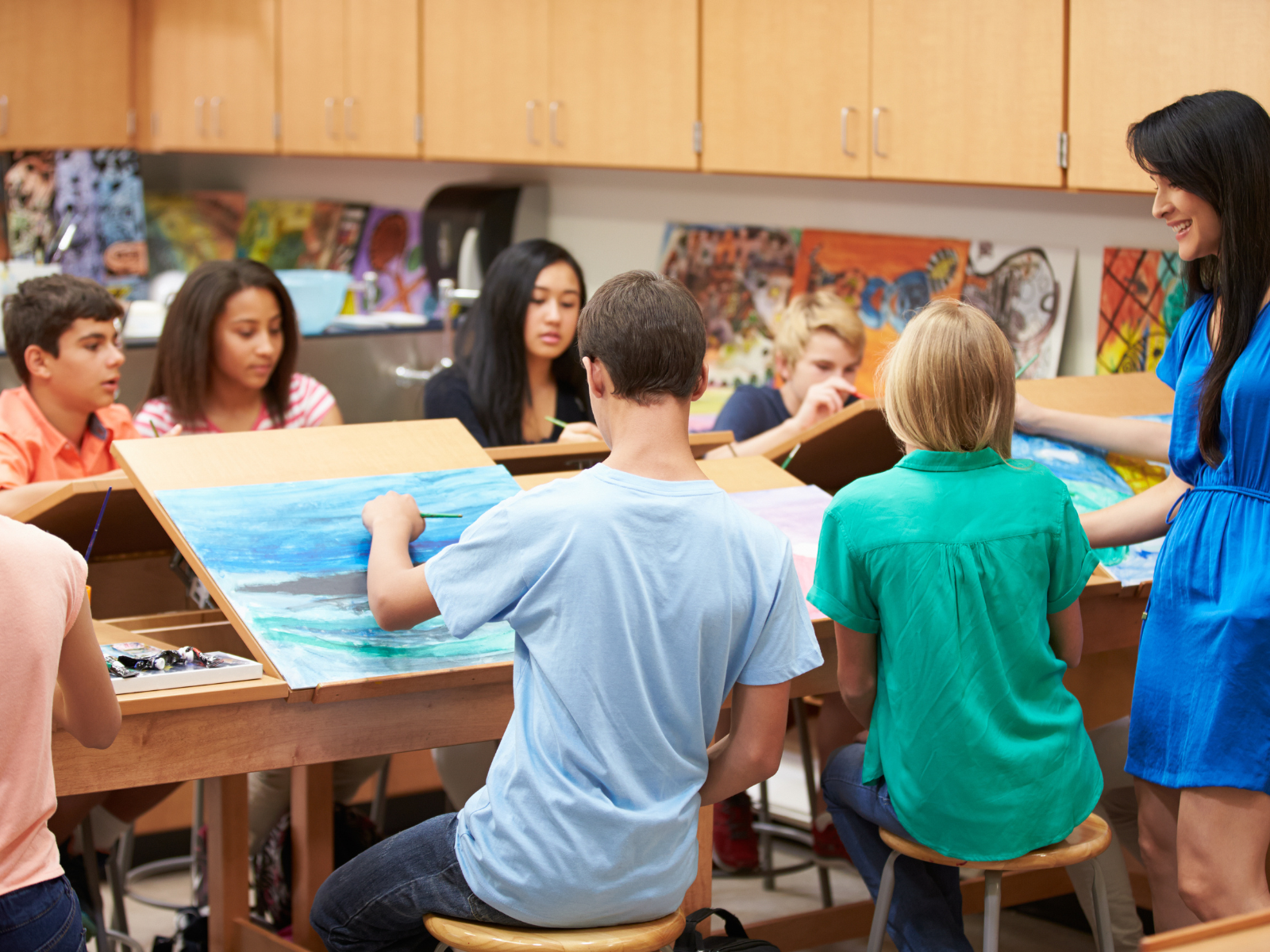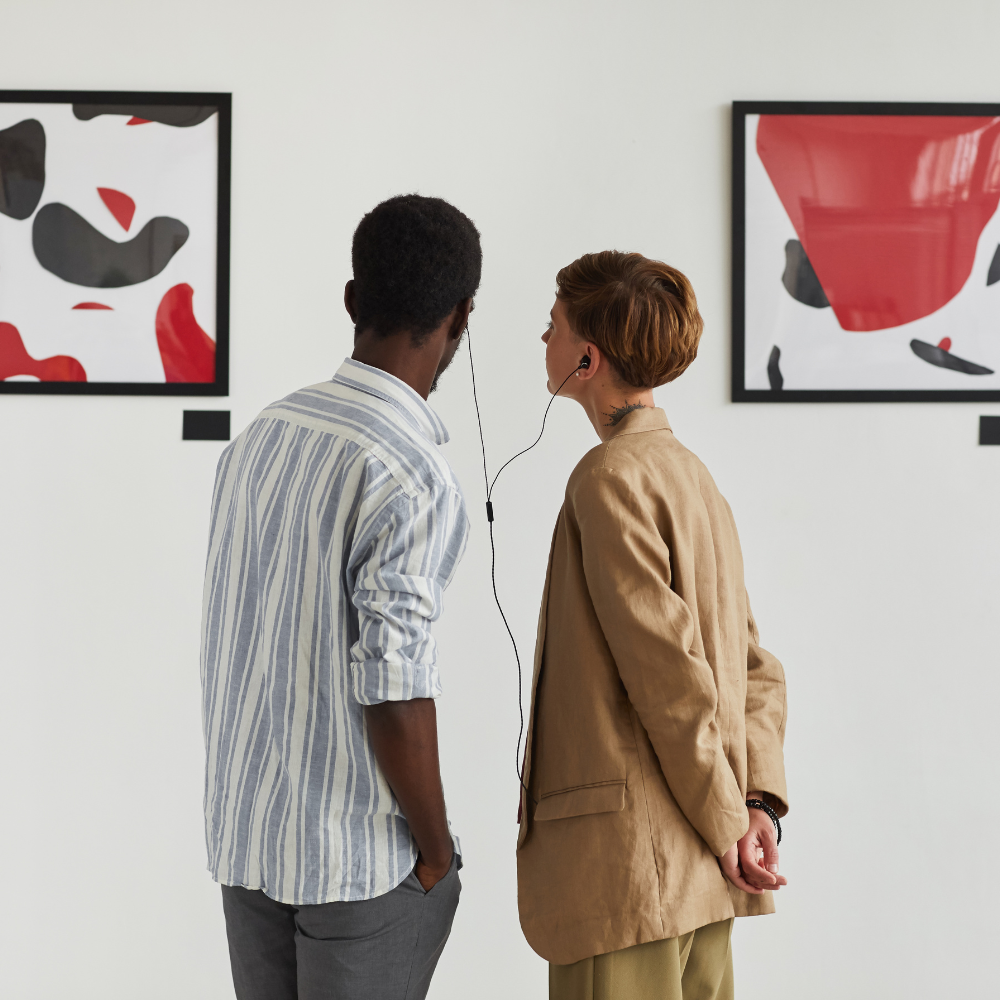Art is a multifaceted entity, a visual language that speaks through its unique components.
It is not just a feast for the eyes; it's a complex puzzle waiting to be solved.
Every stroke, shade, and shape comes together to tell a story, evoke an emotion, or challenge our perceptions.
But what are the foundational elements that give art its power and depth?
This article delves into the four fundamental aspects that are the building blocks of any art piece.
Whether you're an aspiring Michelangelo or an avid art admirer, understanding the core components of art is key to unlocking its mysteries.
Join us as we explore the four main parts of art, the essential building blocks that transform a blank canvas into a masterpiece.
Key Takeaways:
- Recognize basic elements of art: Line, Color, Shape/Form, and Texture.
- Learn how these elements combine to create the visual representation of an artwork.
- Understand the role of each element in contributing to the overall impact of an art piece.


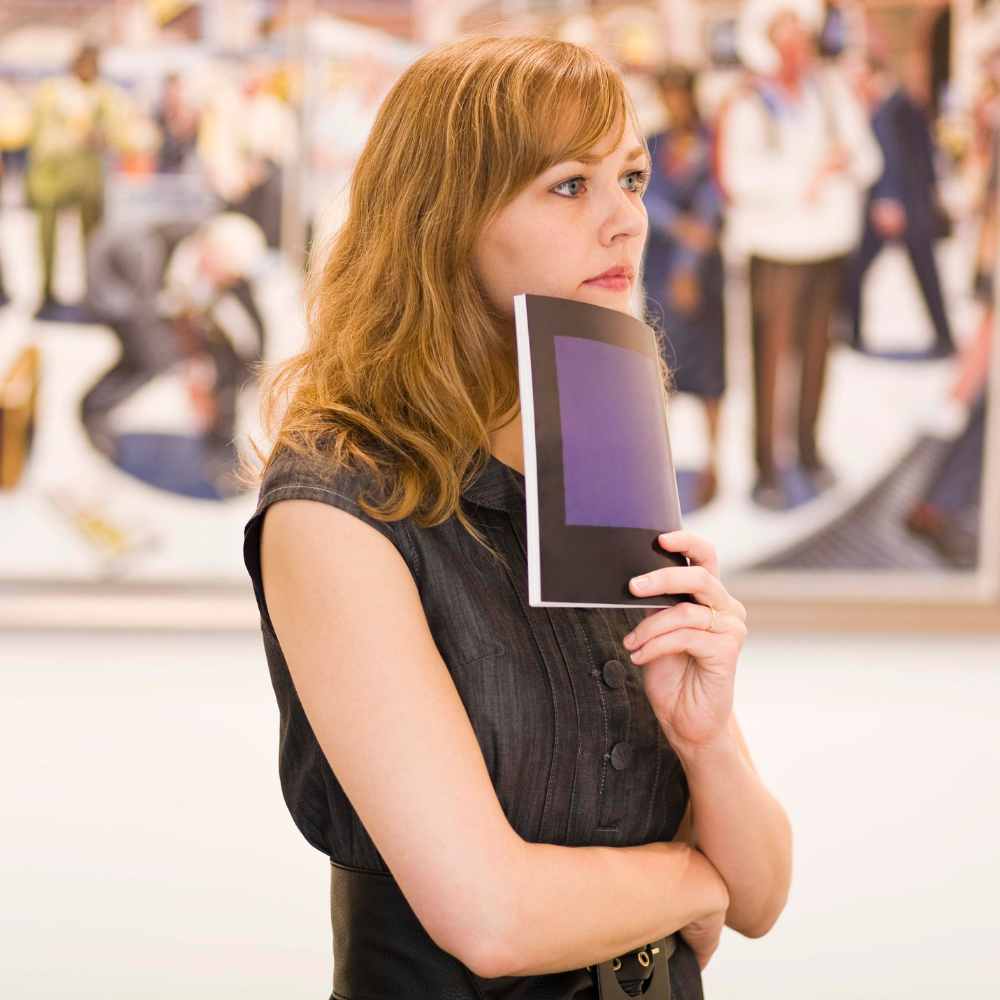
Line: The Foundation of Visual Art
The line is often considered the most basic yet powerful element of art.
It is the starting point from which all artistic expression grows.
Lines can be used to define space, create an outline, or suggest movement.
Artists manipulate the line's direction, width, and intensity to convey different emotions and meanings.
For instance, a series of quick, jagged lines may evoke a sense of chaos or urgency, while smooth, flowing lines might suggest tranquility.
In drawing and painting, lines are used to create the illusion of depth and form.
They guide the viewer's eye and can act as a focal point within the artwork.
Whether it's the stark contrast of a dark outline against a light background or the subtle use of shading to suggest form, lines are integral to the visual representation of ideas.
Color: The Hue of Emotion
Color is a powerful tool in an artist's arsenal, capable of affecting the viewer's emotions and drawing attention to particular areas of an artwork.
It encompasses hue, value, and intensity.
Hue refers to the name of the color, such as red, blue, or yellow.
Value is the lightness or darkness of a color, which artists manipulate to create depth or highlight a focal point. Intensity, or saturation, describes the purity of a color.
A color's intensity can be reduced by mixing it with other colors or adding black or white.
Artists use the color wheel to understand the relationships between different hues and to achieve balance and harmony in their work.
Primary colors, secondary colors, and tertiary colors all interact in ways that can create a sense of cohesion or, alternatively, tension within an artwork.
For example, a color scheme like complementary colors, which are opposite each other on the color wheel, can create a vibrant color contrast when placed side by side.
Significance of Primary Colors in Artistic Expression
Primary colors—red, blue, and yellow—serve as the building blocks for the entire spectrum of hues that artists use to convey emotion and meaning.
These colors cannot be created by mixing other colors together, making them fundamental in the palette of any visual artist.
The use of primary colors is often associated with boldness and purity, as they stand out vividly against both white and black backgrounds.
They are also crucial in color theory, as they mix to create secondary and tertiary colors, providing an endless array of possibilities for the artist's canvas.
The strategic application of primary colors can guide the viewer's eye and evoke specific emotional responses.
For instance, Mark Rothko's color field paintings utilize large blocks of color to create a meditative or contemplative experience.
In contrast, Piet Mondrian's compositions with red, blue, and yellow, framed by black lines, exemplify a different approach, where primary colors are used to create harmony and balance within geometric precision.
These examples illustrate how primary colors are not just foundational in creating other hues but are also powerful tools for artistic expression in their own right.
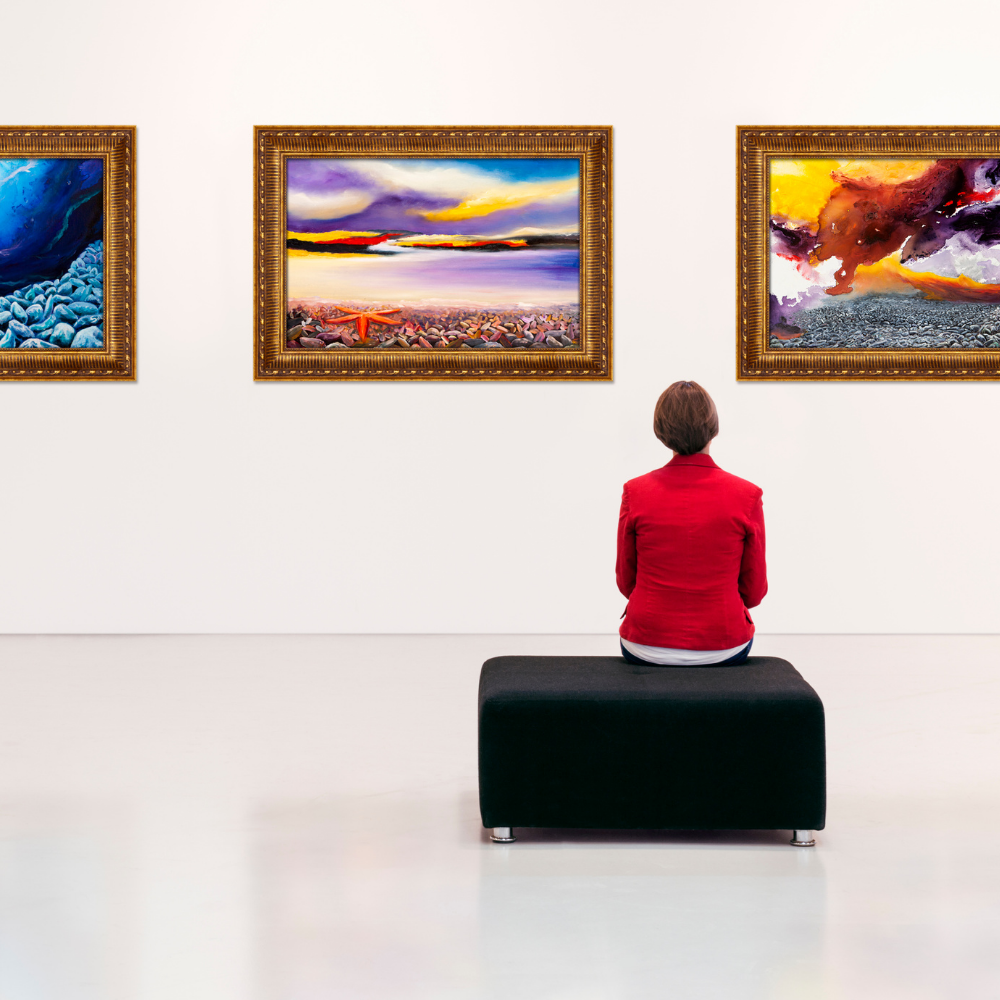
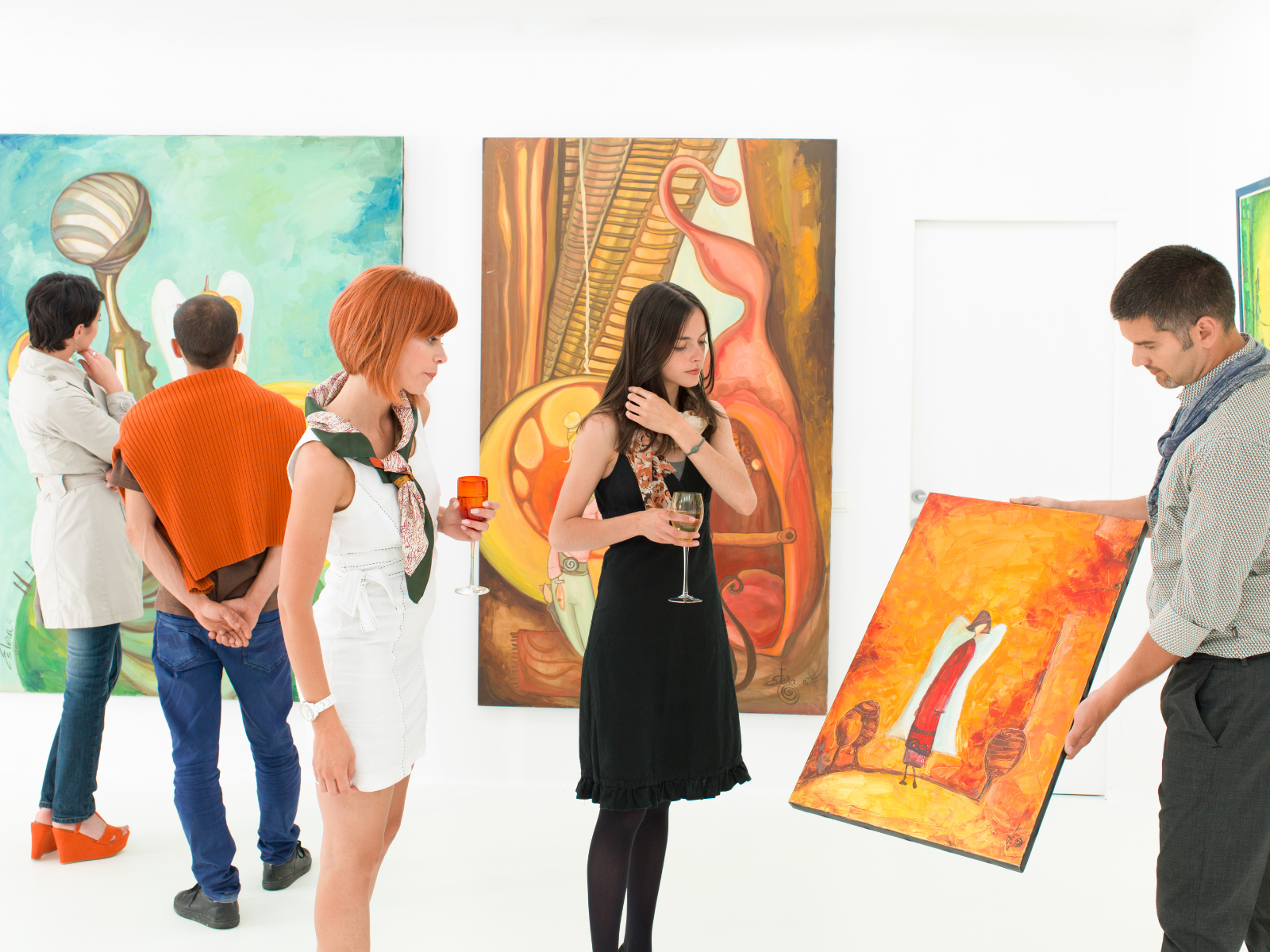
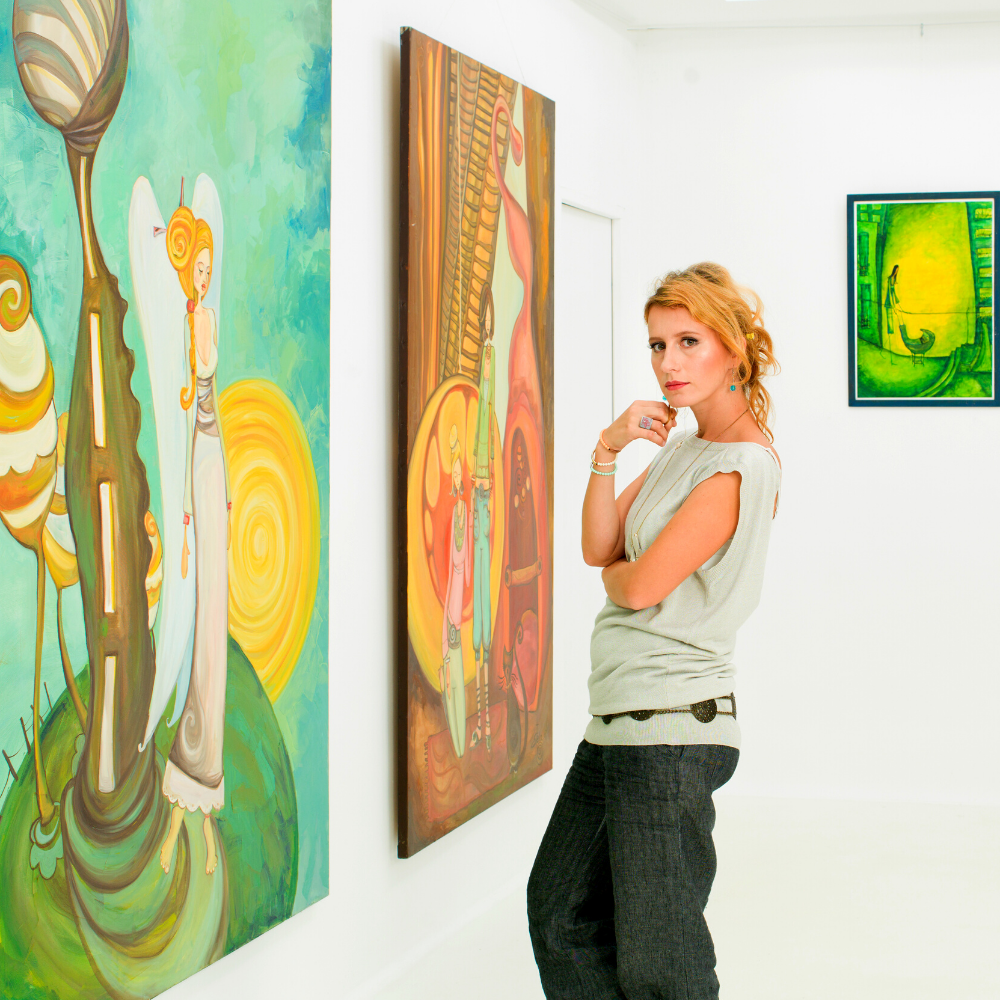
Shape and Form: The Illusion of Space
Shapes and forms are the geometric or organic elements that define the boundaries within an artwork.
Shapes are two-dimensional and can be geometric, like squares and circles, or organic, resembling objects found in nature.
Form refers to three-dimensional works and includes the additional element of depth, giving the illusion of volume and space.
Artists use shapes and forms to create a sense of balance and structure in their work.
By varying the size and placement of different shapes, they can direct the viewer's gaze and create a sense of movement or stillness.
In sculpture, form is manipulated in real life, with artists considering how light reflected off the surface impacts the viewer's perception.
In painting and drawing, artists often use shading and perspective to create the illusion of form on a two-dimensional picture plane.
Perspective: The Illusion of Depth
Perspective in art refers to the technique used to represent three-dimensional objects on a two-dimensional surface in a way that looks natural and realistic.
It is a crucial element that adds the illusion of depth to an image, guiding the viewer's eye into the third dimension of the depicted scene.
By manipulating the scale and placement of objects, artists can create a sense of space and distance.
For example, in a landscape painting, objects that are meant to appear further away are typically smaller and less detailed than those in the foreground.
The use of perspective is often what distinguishes a flat image from one that seems to have volume and position in space.
There are several types of perspective used in art, including linear perspective, which relies on a system of lines to create the illusion of depth, and atmospheric perspective, which uses color and contrast to affect how the eye perceives distance.
The latter might involve using cooler colors like blue and green to push elements back and warmer colors to bring them forward.
These techniques are essential in creating the three-dimensional form within the confines of a flat canvas.
Contrast: The Visual Struggle
Contrast is a powerful tool in the artist's arsenal, referring to the stark difference between two primary colors, shapes, or textures within an artwork.
It is through contrast that an object is defined against its surroundings, allowing the organic forms to stand out and capture the viewer's attention.
For instance, a bright red apple will draw the eye more if it's placed against a muted green background, rather than a vibrant green that might compete for attention.
Contrast can be used subtly to direct focus or dramatically to convey a particular mood or message.
In addition to color, contrast can also apply to the difference in light and shadow, scale, or even conceptual elements within a piece.
An artwork might juxtapose organic shapes with geometric ones to highlight the inherent tension between the natural and the man-made.
This dynamic can create a visual struggle that engages the viewer and encourages deeper contemplation of the image.
Through contrast, artists not only define the main parts of art but also imbue their work with a sense of drama and excitement.
Texture: The Surface Quality
Texture refers to the perceived surface quality of an artwork.
It can be actual texture, where the surface is physically varied, or implied texture, where the texture is visually suggested through the use of art elements.
Artists use different textures to add interest and realism to their work.
For example, the rough texture of a tree's bark or the smoothness of a polished stone can be represented through variations in materials and technique.
In two-dimensional art, texture can be suggested through the use of different types of lines, shading, and color contrast.
In three-dimensional art, texture is often a tangible aspect of the artwork that invites the viewer to imagine the sensation of touch.
The interplay between positive space (the space occupied by the main subject) and negative space (the background or empty space) can also enhance the textural qualities of an artwork.

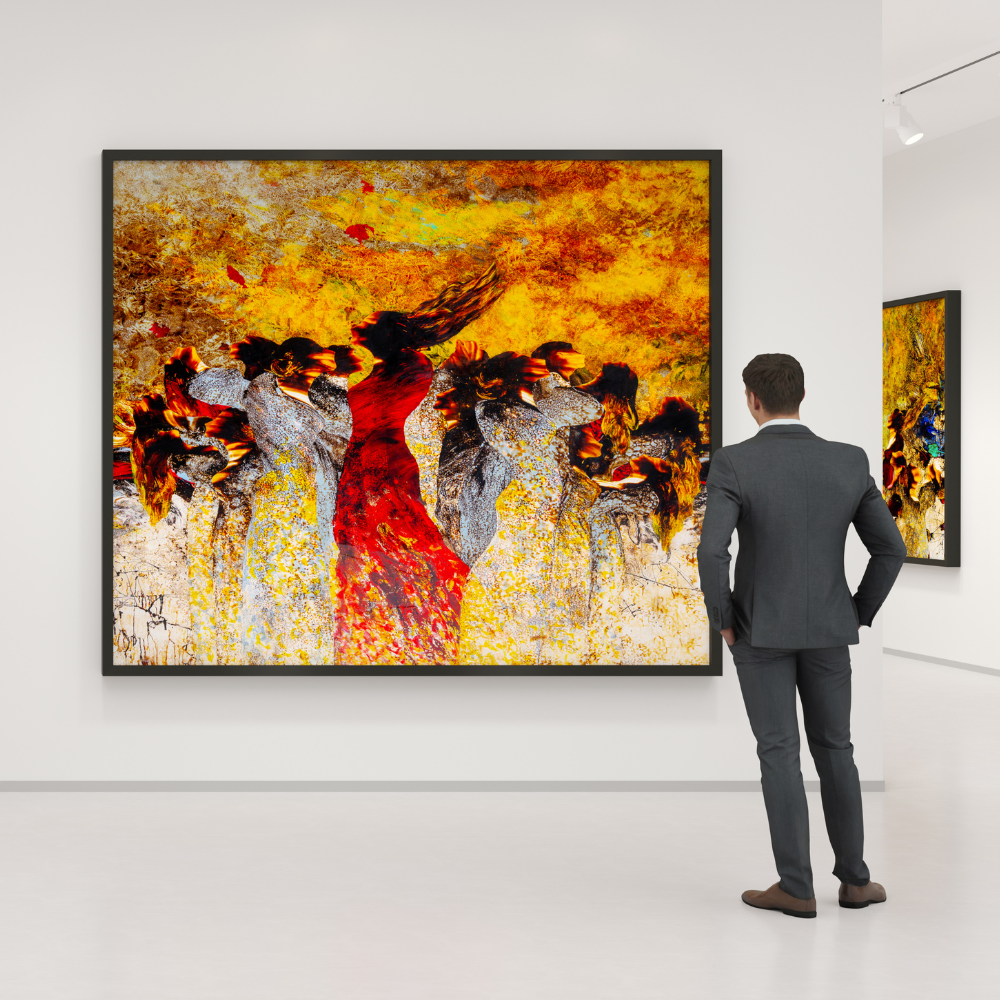

Role of Three-Dimensional Form in Art
Three-dimensional form is a critical aspect that breathes life into art, transforming it from a flat representation to a tangible entity.
These forms occupy space and have depth, height, and width, which engage the viewer's eye in a more profound manner.
Sculptures, installations, and even architectural elements are prime examples of three-dimensional works that offer a tactile experience.
The viewer can walk around them, observe the interplay of light and shadow, and appreciate the craftsmanship from multiple angles, thus establishing a physical connection with the artwork.
Incorporating three-dimensional form into art requires a mastery of materials and a deep understanding of spatial relationships.
Artists must consider how their work will inhabit a space and interact with its surroundings.
This is evident in the works of renowned sculptors like Auguste Rodin and contemporary artists like Anish Kapoor.
Their sculptures often become landmarks within their environment, commanding attention and inviting interaction.
The presence of three-dimensional form in art adds a dynamic layer to the viewer's experience, making it an essential component of the main parts of art.
Unlocking the Essence of Artistry
The journey through the four cardinal pillars of art reveals the profound intricacy and beauty of artistic creation.
Each element plays a crucial role in conveying the artist's vision and evoking emotions in the viewer.
These elements are not just tools but the very soul of art, enabling artists to weave visual tales that captivate and resonate.
Mastery over these fundamentals opens up endless possibilities, allowing creators to sculpt pieces that are not only visually stunning but also emotionally powerful.
By mastering these basic elements, artists can manipulate the building blocks of art to produce works that are rich in depth, complexity, and meaning.
As we close this exploration, remember that understanding and applying these core components is your key to unlocking the boundless realm of art, where every creation is a doorway to new perceptions, emotions, and stories.
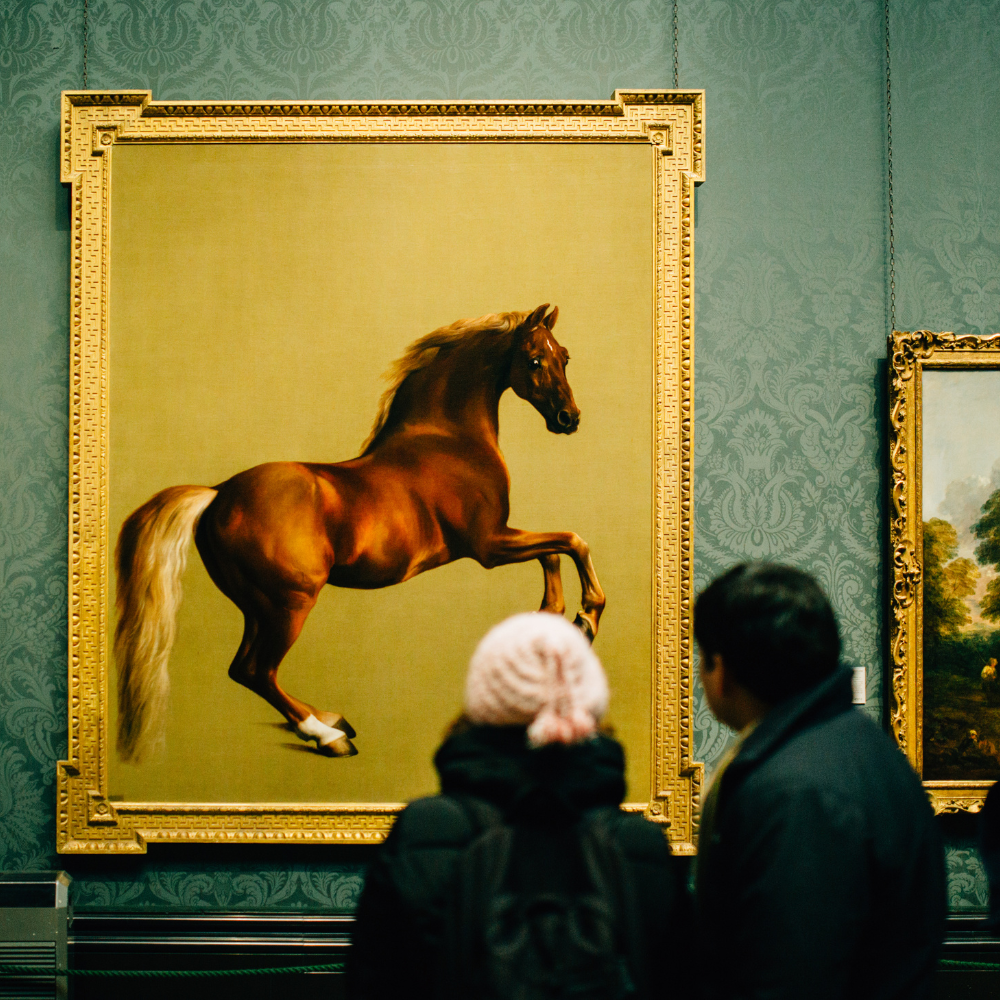

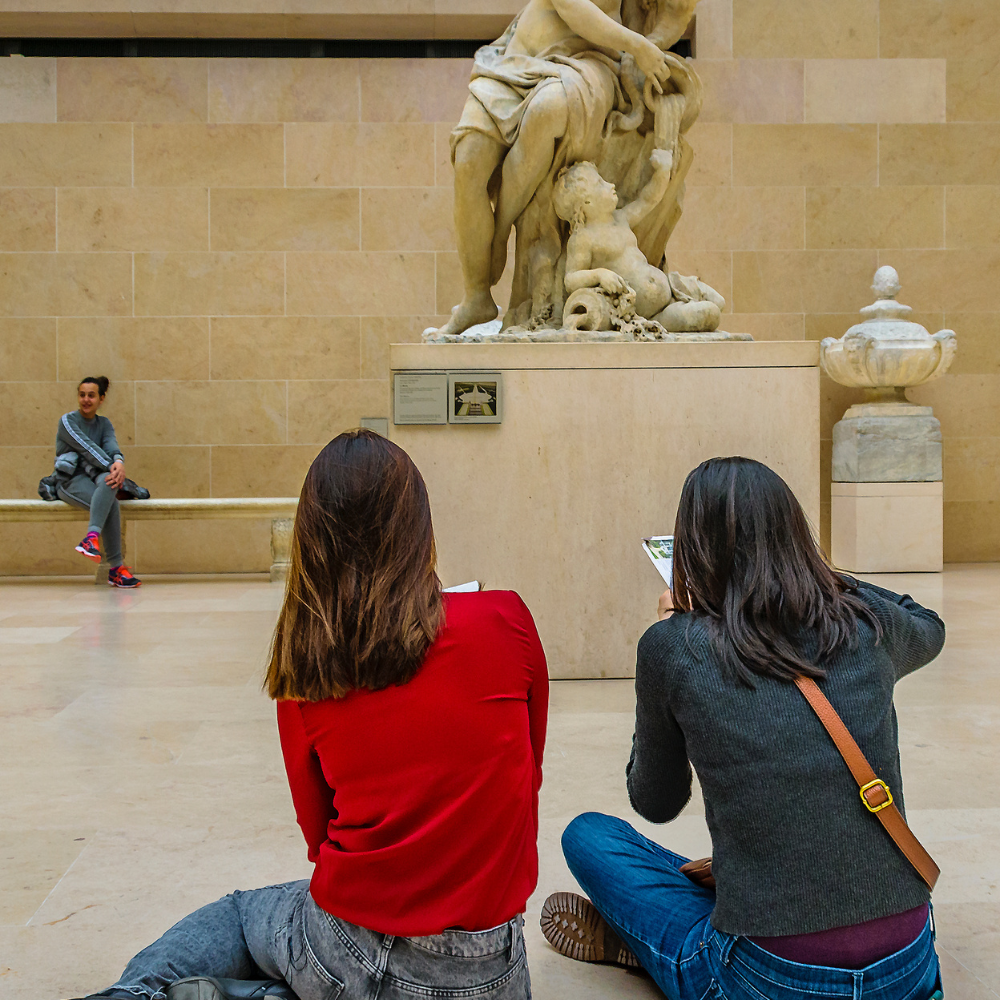
Art FAQs
Diving into the world of art can be as mesmerizing as it is complex.
With every brush stroke and color palette, artists convey emotions, tell stories, and challenge perceptions.
But have you ever wondered how they achieve such depth on a flat canvas or why certain artworks evoke strong emotions?
These FAQs are here to shed light on these intriguing questions, offering insights into the techniques and elements that make art not just seen but felt.
From the strategic use of lines to the emotive power of color, and the tactile allure of texture, we unravel the mysteries behind creating and experiencing art.
Whether you're an aspiring artist or an art enthusiast, these answers will deepen your appreciation and understanding of the art world.
Let's dive into some of the most frequently asked questions about art and uncover the secrets behind the canvas.
How do artists use lines to create depth in a two-dimensional artwork?
Artists use lines to create depth by varying their width, direction, and intensity. Techniques such as perspective drawing use lines to create the illusion of depth and distance on a flat surface, making objects appear closer or further away.
What is the significance of color in art?
Color can set the mood, draw attention to key elements, and influence the emotional response of the viewer. It is used to create depth, highlight differences, and convey symbolic meanings. The use of color contrast, harmony, and balance is crucial in creating a visually appealing and emotionally engaging artwork.
Can texture be both visual and physical in artworks?
Yes, texture in art can be actual, where the surface has a physical variation that can be felt, or implied, where the texture is suggested visually through the use of art elements like lines and color. Both types of texture add depth and interest to an artwork, enhancing the viewer's sensory experience.



Interested in learning more about the art elements? Check out Jescia Hopper's video!
Want even more content about creativity and art?
Be sure to check out all of our creative chronicles!
Eager to explore art, creativity, and critiquing?
Check out some of our other articles:
-Giving and receiving feedback
-How do you analyze and critique art?
-What are the steps in critiquing?
-What questions can you ask while evaluating art?
-How do you evaluate a piece of art?

